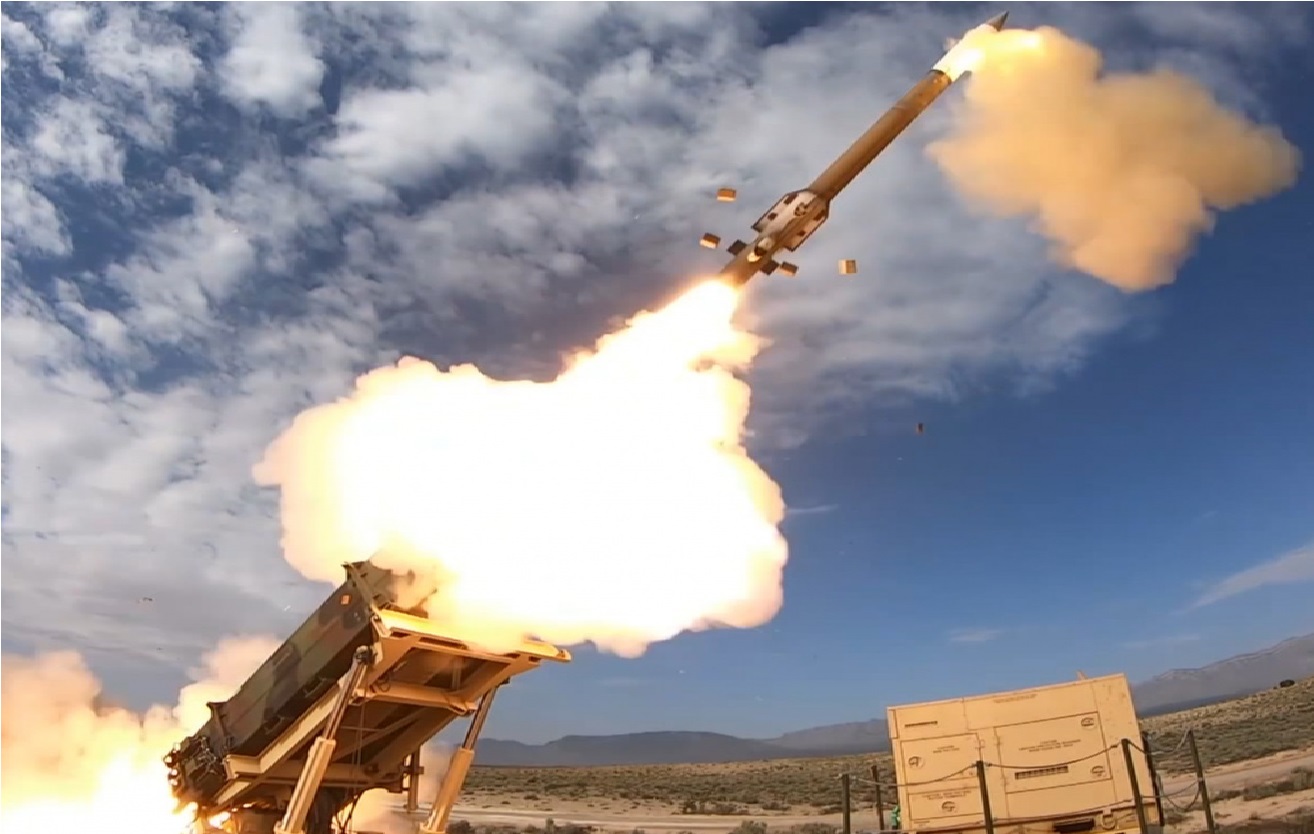Lockheed Martin, Grand Prairie, Texas, was awarded a $2,451,432,304 modification (P00084) to contract W31P4Q-20-C-0023 for Phased Array Tracking Radar Intercept on Target (PATRIOT) Advanced Capability-3 (PAC-3) missile production. Work will be performed in Grand Prairie, Texas, with an estimated completion date of Dec. 31, 2029. Fiscal 2023 missile procurement, Army funds; and 2023 Foreign Military Sales funds in the amount of $2,451,432,304 were obligated at the time of the award. U.S. Army Contracting Command, Redstone Arsenal, Alabama, is the contracting activity.
The MIM-104 Patriot is a surface-to-air missile (SAM) system, the primary such system used by the United States Army and several allied states. It is manufactured by the U.S. defense contractor Raytheon and derives its name from the radar component of the weapon system. Starting in 1984, the Patriot system began to replace the Nike Hercules system as the U.S. Army’s primary High to Medium Air Defense (HIMAD) system and the MIM-23 Hawk system as the U.S. Army’s medium tactical air defense system. In addition to these roles, Patriot has been given a function in the U.S. Army’s anti-ballistic missile (ABM) system. The system is expected to stay fielded until at least 2040.

The PAC-3 (Patriot Advanced Capability-3) upgrade is a significant upgrade to nearly every aspect of the system. It took place in three stages deployed in 1995, 1996 and 2000, and units were designated Configuration 1, 2, or 3. New software update known as PDB 5 (Post Deployment Build”) was released in 1999 with initial support for Configuration-3 ground units and PAC-3 missiles. The system itself saw another upgrade of its WCC, and the communication setup was given a complete overhaul. PAC-3 operators can now see, transmit, and receive tracks on the Link 16 Command and Control (C2) network using a Class 2M Terminal or MIDS LVT Radio.
The PAC-3 missile is a new interceptor, featuring a Ka band active radar seeker, employing “hit-to-kill” interception, in contrast to previous interceptors’ method of exploding in the vicinity of the target, destroying it with shrapnel, and several other enhancements which dramatically increase its lethality against ballistic missiles. The specific information for these different kinds of missiles are discussed in the “Variants” section. The first seven of these are in the larger PAC-2 configuration of a single missile per canister, of which four can be placed on a launcher. PAC-3 missile canisters contain four missiles, so that sixteen rounds can be placed on a launcher.















